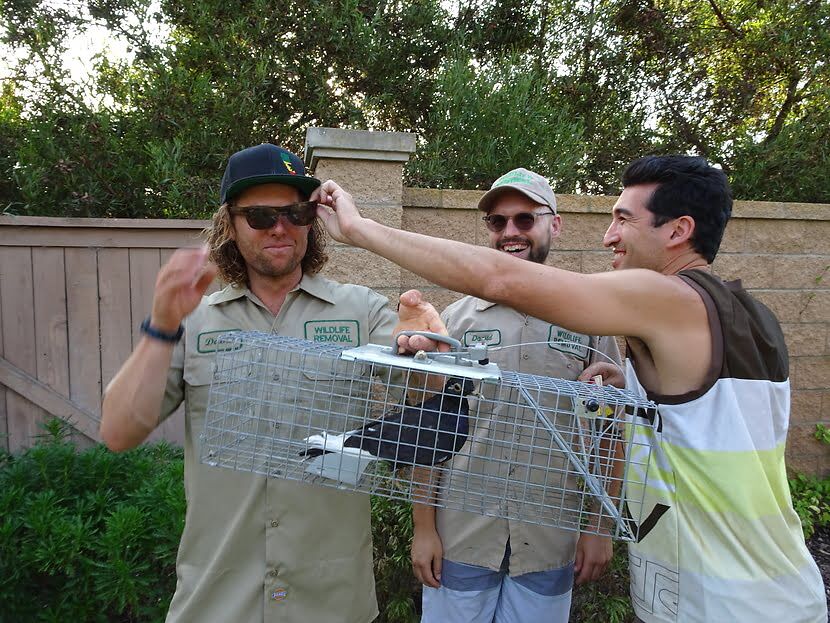
There are three main ways that you can deal with a problematic pest bird problem. You can either prevent the birds from being able to access your land, exclude them from the area in which they have landed, or use control products and items, such as deterrents and fear-items, to hopefully scare them away.
Repellents and deterrents come in many forms, and we do not recommend using them for long-term pest control for ANY animal, and especially birds. Bird droppings are renowned for being incredibly dangerous and hazardous to the health of other animals and humans. Not only that, the droppings themselves are corrosive in nature, and this means that they could literally burn through anything they come into contact with. The speed at which this damage occurs increases with the number of birds and the number of droppings left there. When you're using repellents and deterrents that don't work (and they usually don't), the animals are left doing what they do for that period of time, allowing the waste material to build up right alongside the damage the birds + droppings will cause.
In our experience, using repellents and deterrents for pest birds and other pest animals usually results in a much more extensive — and expensive — job.
The preventative steps should be taken no matter what approach you take with pest bird and animal removal and control, and this will include making sure they don't have access to any kind of food source. Birds, just like rats, will literally eat anything they come across, whether it's plant material, animal material, whatever. They'll root through trash cans just as quickly and furiously as a raccoon or a rodent will, and they'll also make use of food that has been left out for other animals, too. This might include indoor and outdoor pet food, chicken feed, wild bird feed, and more. Not even fruits, vegetables, flowers or other plants are safe. If there is a source of food to be found in there, the birds will have it.
Alongside taking away all possible sources of food, you should also make sure that there aren't areas of water or standing water out there, which could include gutters, bird baths, and empty plant pots. These are great for the birds to have a splash around in. It isn't common for birds to swim, but they can float, and they sure do enjoy a frolic around in the water from time to time.
How do your trash cans look? These should be covered or removed so that birds can't access them. If you were to have a metal garbage can with a lid that can be held securely in place, you won't have any of the common pest animals coming around for a closer look. They simply won't be able to get in and that'll encourage them to move along without ever considering residing in your home or on your property. If the food is there — garbage bags that can be pecked or torn open — all wild critters are going to come and investigate. It might start with birds, but it won't be long before rats and mice join the party, and perhaps even other pest animals, too.
You've prevented the birds from eating (hopefully), and you will also have taken away their space to splash around and cool down, all that's left for you to do is prevent them from roosting on the spots they normally roost in. If you head out into your back garden and spot a line or birds on the roof, securely affix some bird spike strips there — big enough to deal with birds — to make them find somewhere else. If they move to the top of your fence or your chimney, use bird spike strips there, too. If they find an awkward spot that strips of spikes won't work for, use bird-safe bird netting instead. Wherever they are — wherever they land — take the space away from them. It's a preventative measure that works every time. When they don't have somewhere comfortable to land, they'll have no choice but to find somewhere else. when the food and roosting spot removal is combined, you've taken away everything the bird needs. It will no longer have a use for your home.
Go back to the pestcontrolbird.com home page.
Copyright 2021 - pestcontrolbird.com
Nationwide Bird Control